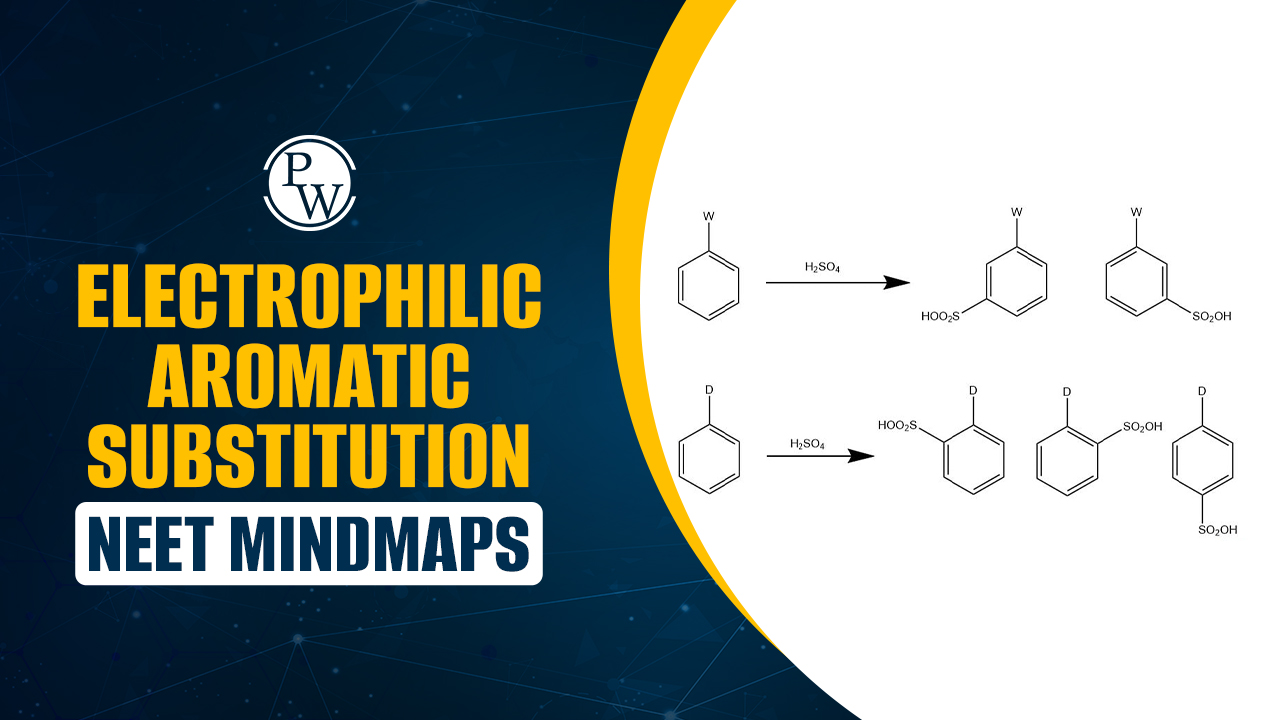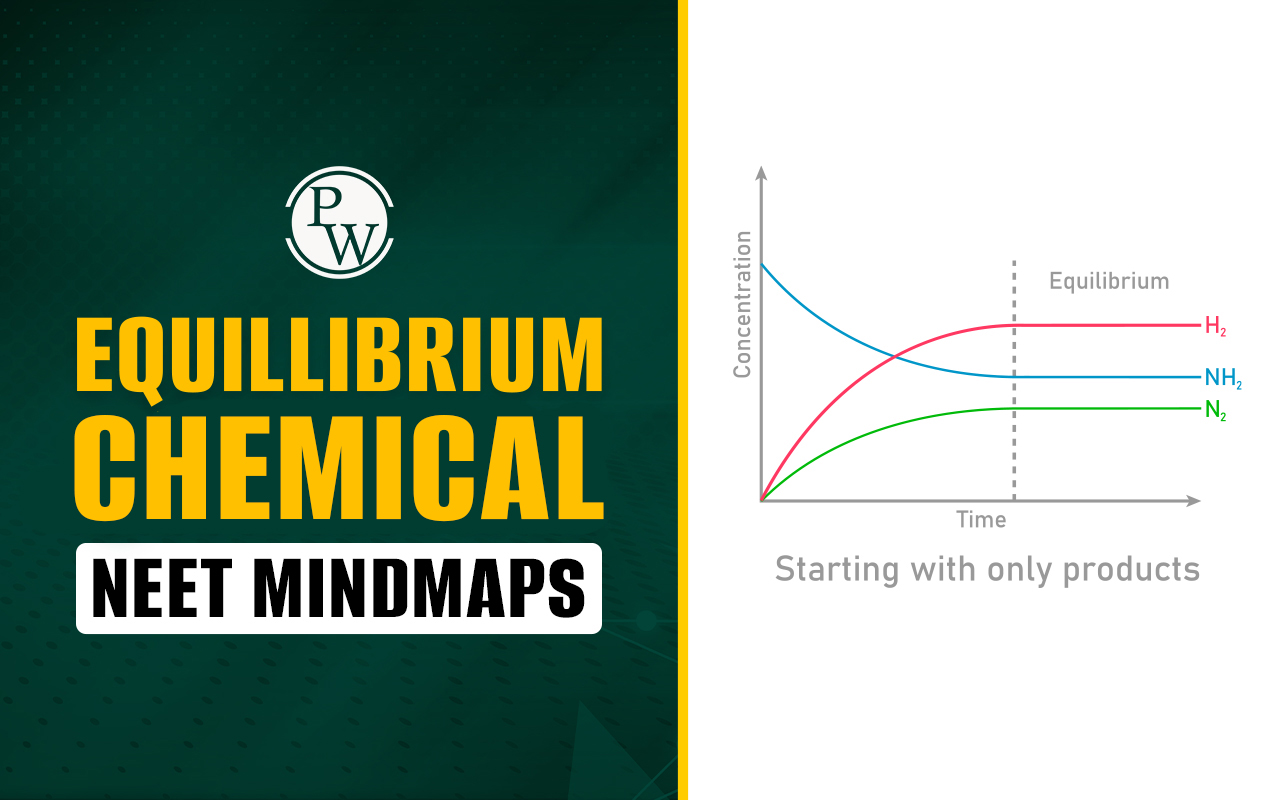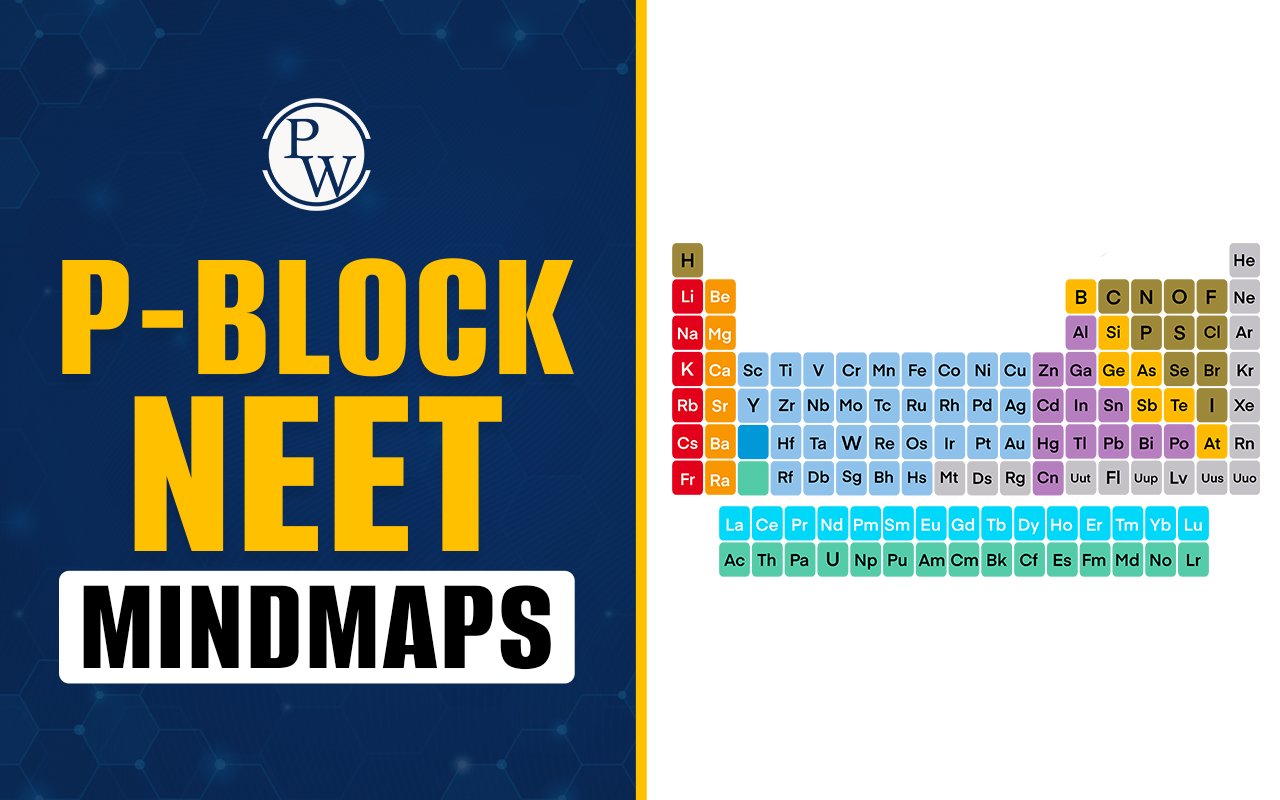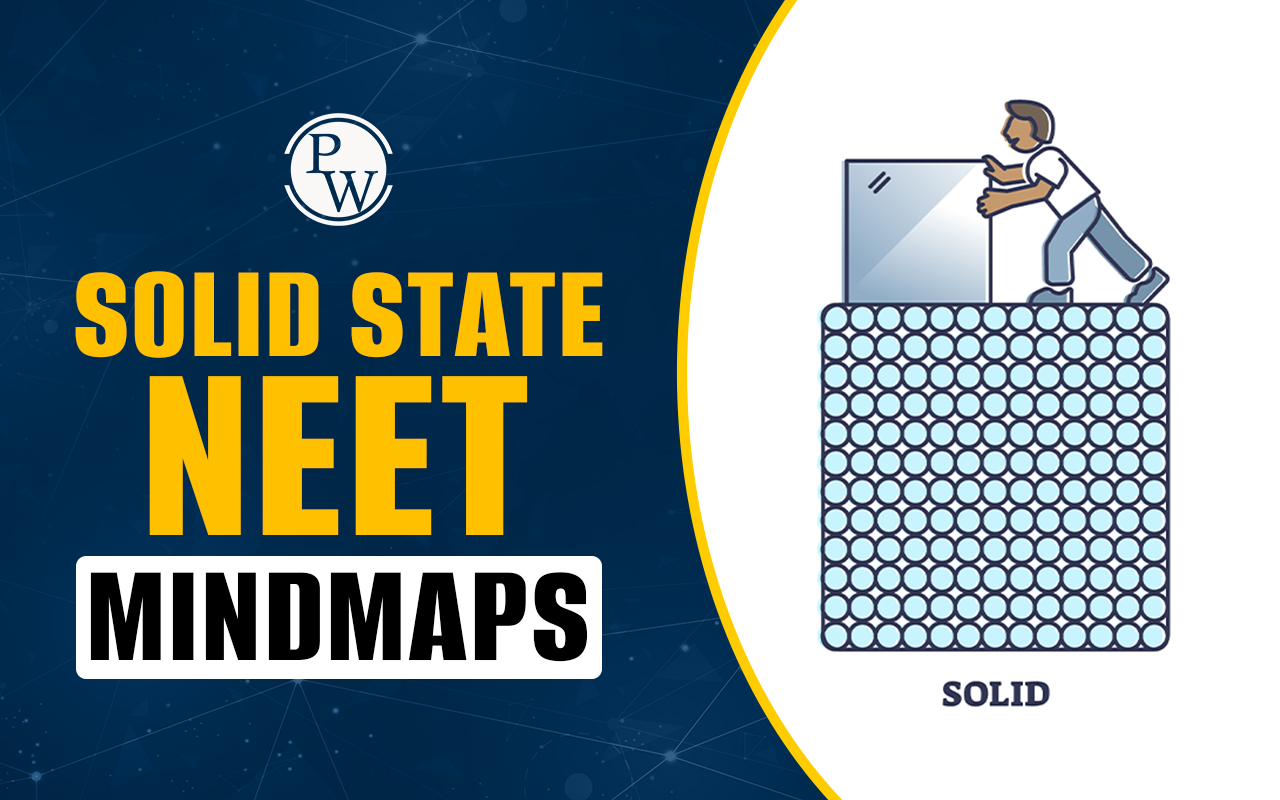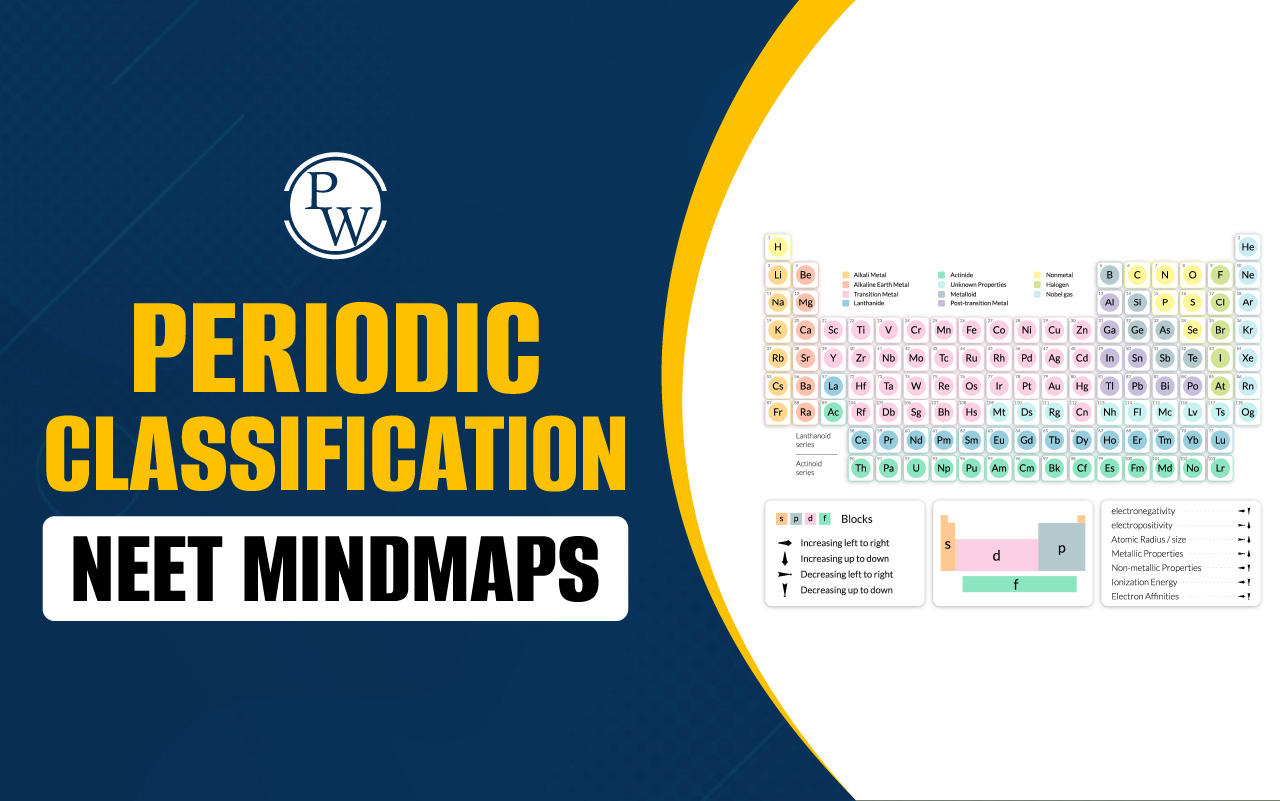
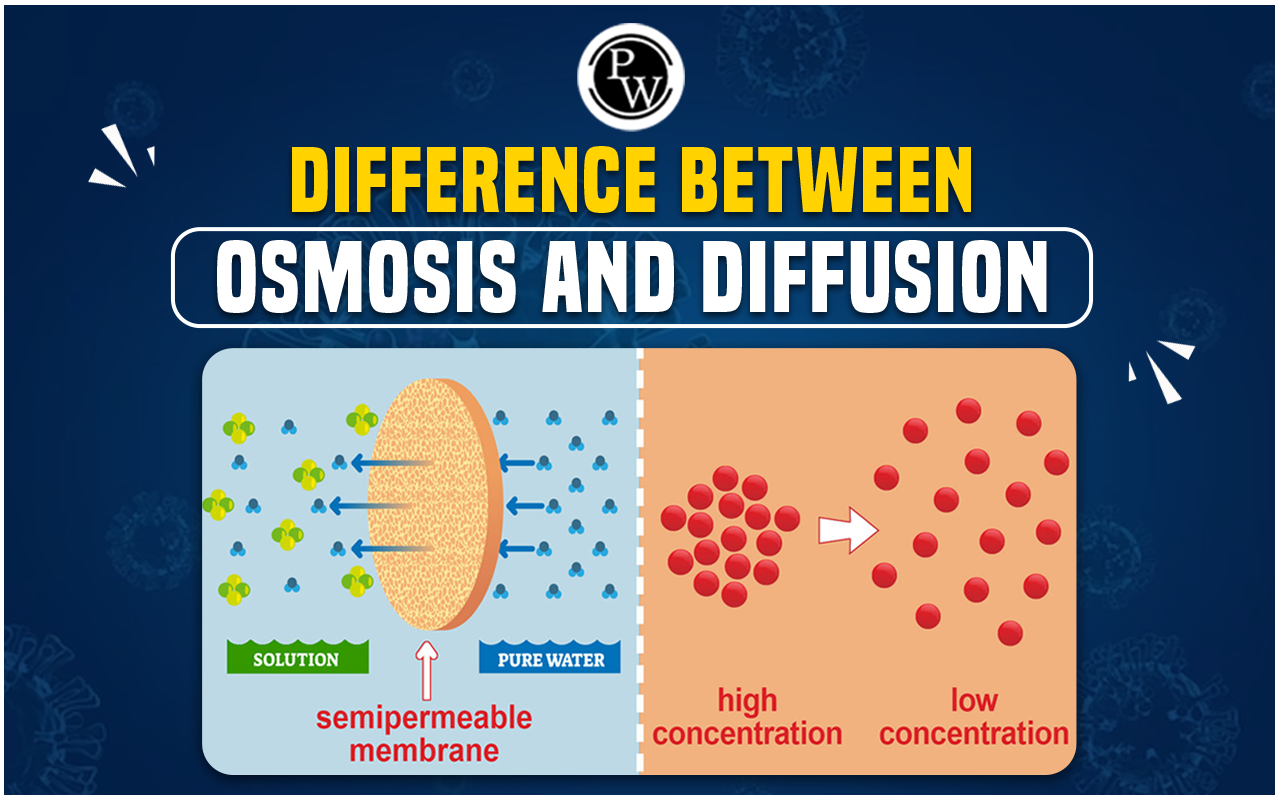
Difference Between Osmosis and Diffusion: Diffusion and Osmosis represent foundational principles in biology and physics that have undergone extensive examination over numerous years. They both fall under the category of passive transport, which is a fundamental aspect of biological transport.
Biological transport is transporting molecules, ions, and various substances across cellular membranes and within cells. Biological transport is important in many physiological processes, including nutrient absorption, waste elimination, and cellular communication. Diffusion and osmosis are both characterized by particle movement. Diffusion observations date back to the nineteenth century, with osmosis being first documented in the 18th century. Read the entire article on the major difference between osmosis and diffusion.| NEET Biology Syllabus | NEET Biology Diagrams |
| NEET Biology MCQ | NEET Biology Chapter wise Weightage |
| NEET Biology Notes | NEET Previous Year Question papers |
Osmosis Definition
Osmosis is a type of diffusion in which a substance moves through a semipermeable membrane to equalize the concentrations of two other substances. In biology, this occurs when a solvent, such as water, moves into or out of a cell based on the concentration of a solute, such as salt. Importantly, osmosis occurs naturally and does not require cellular energy.Osmosis Examples
Red blood cells swelling in freshwater and plant root hairs absorbing water are examples of osmosis. Soaking gummy candies in water, where the gel acts as a semipermeable membrane, is a simple way to observe osmosis. Osmosis regulates blood pressure by maintaining a balance of solute concentrations in the blood and surrounding tissues. When the blood's solute concentration becomes too high, osmosis causes water to shift from the tissues into the blood vessels. This process increases blood volume and pressure. Osmosis also preserves food by creating an inhospitable environment for bacteria and other microorganisms. For example, when pickling or curing meat in salt, osmosis causes water to leave the cells of bacteria and microorganisms, which can kill them. In the kidneys, osmosis separates waste products from the blood and expels excess water from the body. The osmotic gradient between the blood and the adjacent tissues regulates the movement of water and solutes through the kidney's nephron.
Diffusion Definition
Diffusion is a physical phenomenon that occurs when molecules move from a higher concentration to a region of lower concentration. This definition clarifies the difference between osmosis and diffusion. It is also worth noting that the substance undergoing diffusion can exist in any state of matter—solid, liquid, or gas.Diffusion Examples
Diffusion scenarios include the pervasive fragrance of perfume in a room and the passage of small molecules across a cell membrane. A simple example of diffusion is the addition of food coloring to water. While other transportation processes occur, diffusion is the most important in these dynamics. Gas exchange in the lungs occurs when oxygen and carbon dioxide molecules transition from high concentration regions in the air or blood to low concentration regions within the lungs or blood, which is facilitated by breathing. The transfer of molecules into and out of cells involves various substances, such as nutrients and waste products, utilizing diffusion. This process occurs across the plasma membrane in response to concentration gradients.Difference Between Osmosis and Diffusion
Diffusion and osmosis are fundamental processes that govern the movement of molecules in biological and physical systems. These phenomena play distinct roles in influencing concentration gradients, cellular functions, and the behavior of various substances. A table compares the difference between osmosis and diffusion, including their definitions, types, mechanisms, and roles in cellular processes. A new feature, particle size, is introduced to distinguish these essential processes further.| Difference Between Osmosis and Diffusion | ||
|---|---|---|
| Feature | Diffusion | Osmosis |
| Definition | In this process, molecules move from high concentration to low concentration regions. | In osmosis, water moves from areas of high concentration to low concentration. |
| Type of Molecules | Any type of molecule, including liquids, gases, and solids. | Limited to liquid molecules. |
| Direction | Molecules exhibit movement in both directions. | Liquids move from regions of high to low concentration. |
| Membrane | Can take place across any membrane. | Occurs across a selectively permeable membrane. |
| Effect on Gradient | Reduces the concentration gradient. | Maintains or increases the solute concentration gradient. |
| Types | Includes simple, facilitated, and active diffusion. | Involves simple and facilitated osmosis. |
| Mechanism | Driven by the spontaneous thermal movement of molecules. | Driven by differences in solute concentration. |
| Energy | Can occur without the input of energy. | Requires no direct energy input. |
| Regulation | Can be influenced by external factors, such as temperature. | Regulated by solute concentration differences across the membrane. |
| Role in Cells | Aids in regulating nutrient uptake and waste removal. | Helps maintain cell shape and regulate water balance. |
| Types of Solutions | Occurs in both homogeneous and heterogeneous solutions. | Takes place in heterogeneous solutions with a selectively permeable membrane. |
| Effect of Solutes | Independent of solute concentration differences. | Depends on the solute concentration difference. |
| Particle Size | No restriction on particle size. | Primarily affects particles dissolved in water (solvent). |
Importance of Osmosis and Diffusion
Diffusion and osmosis are essential to various biological processes, including nutrient and waste exchange, cellular respiration, fluid balance regulation, and chemical reactions.Difference Between Osmosis and Diffusion FAQs
What is Osmosis?
What is Diffusion?
What is the difference between osmosis and diffusion?
What is the principle of diffusion and osmosis?
What are osmosis and diffusion both examples of?

